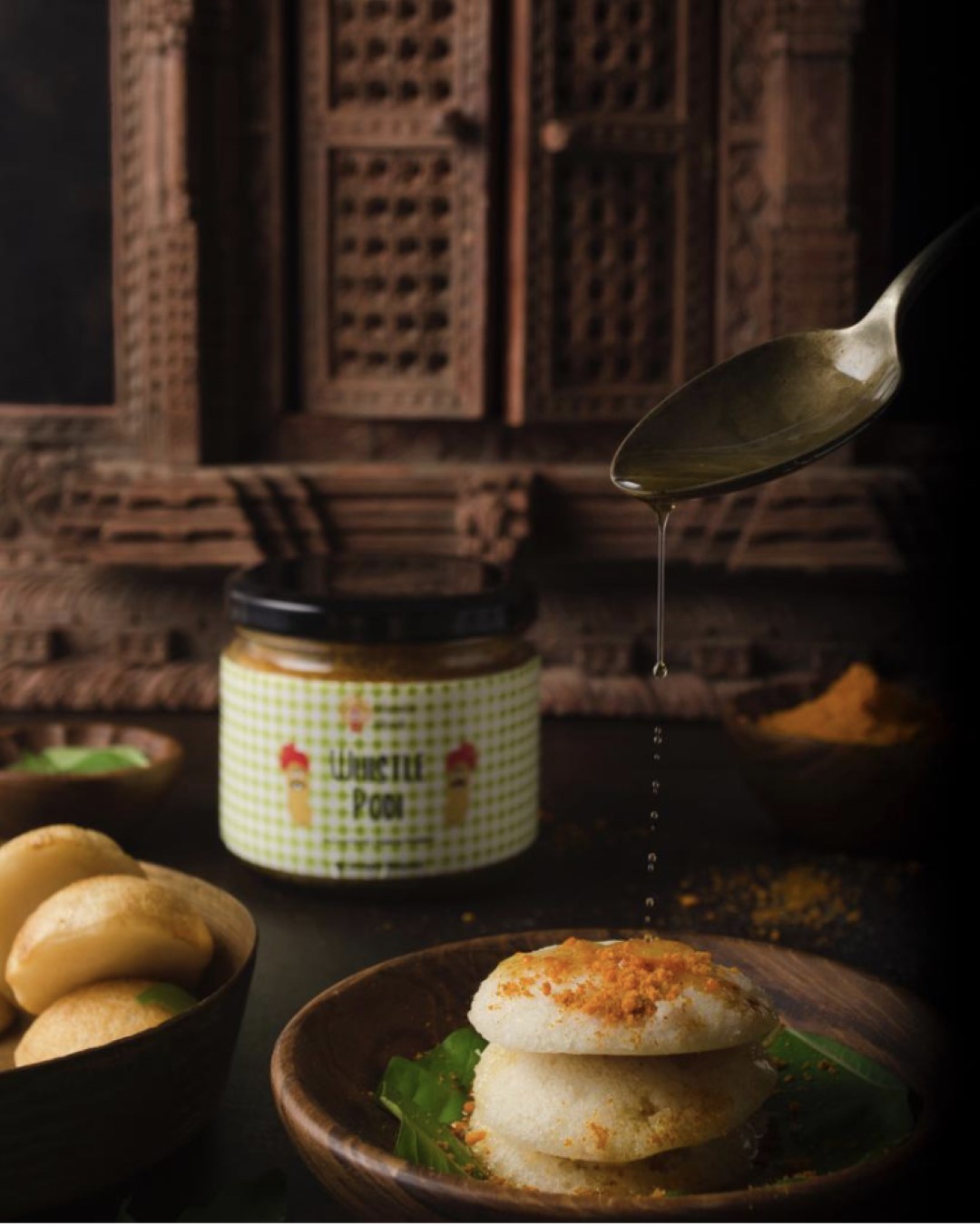
Welcome to our Ultimate Cooking Quiz! Whether you’re a seasoned chef or a kitchen newbie, this quiz is designed to test your culinary knowledge and skills. Dive into our 20-question quiz and discover your cooking level – from Beginner Chef to Master Chef. Ready to find out? Let’s get started!
Section 1: Why Take a Cooking Quiz?
Taking cooking quizzes can be a fun and engaging way to learn more about culinary arts. Whether you’re looking to test your knowledge, learn new recipes, or just have fun, cooking quizzes offer something for everyone.
Section 2: How the Quiz Works
This quiz contains 20 questions that cover a wide range of cooking topics, including ingredients, techniques, and culinary history. After you complete the quiz, you will receive your score along with a detailed explanation of each answer.
Section 3: Start the Quiz
1. What is the main ingredient in a Ratatouille?
2. Which of these is a primary ingredient in traditional pesto?
3. What type of pastry is used to make a croissant?
4. What is a traditional Spanish rice dish called?
5. Which of these cheeses is traditionally used in a Greek salad?
6. What type of fish is commonly used in sushi?
7. What is the main ingredient in Hummus?
8. Which of these herbs is essential for making traditional Italian tomato sauce?
9. What is the primary ingredient in guacamole?
10. Which country is famous for its Bouillabaisse?
11. Which grain is primarily used to make Risotto?
12. What is the main ingredient in Miso Soup?
13. What type of pasta is shaped like a small rice grain?
14. What is traditionally wrapped in bacon to make ‘Angels on Horseback’?
15. What is the main ingredient in Gazpacho?
16. Which of these is not a type of mushroom?
17. Which spice is derived from the crocus flower?
18. Which fruit is used to make traditional guacamole?
19. What type of cuisine is Pad Thai?
20. Which of these is a French dish made from beef cooked in red wine?
Section 4: Understanding Your Results
At the end of the quiz, you’ll receive a score that places you into one of the following categories:
- Beginner Chef: Just starting out in the kitchen? No worries! Use this opportunity to learn and grow.
- Home Cook: You’ve got a good handle on basic techniques and recipes.
- Professional Chef: You have a solid understanding of advanced cooking methods.
- Master Chef: Congratulations! You’re a culinary expert.
In case you love food and would be interested in exploring more culinary quizzes, download our 100% Free AI powered Culinary Quiz Game – Gastro Guru, which gives you a diverse selection of generes!
Section 5: Review Your Answers
After completing the quiz, go back through your answers. The quiz will highlight which questions you got right in green and which ones you missed in red. This detailed feedback will help you identify areas where you can improve.
Conclusion:
Thank you for taking our Ultimate Cooking Quiz! We hope you enjoyed testing your culinary knowledge. Don’t forget to share your results with friends and challenge them to beat your score. Keep cooking and experimenting in the kitchen – the journey to becoming a Master Chef is a delicious one!












